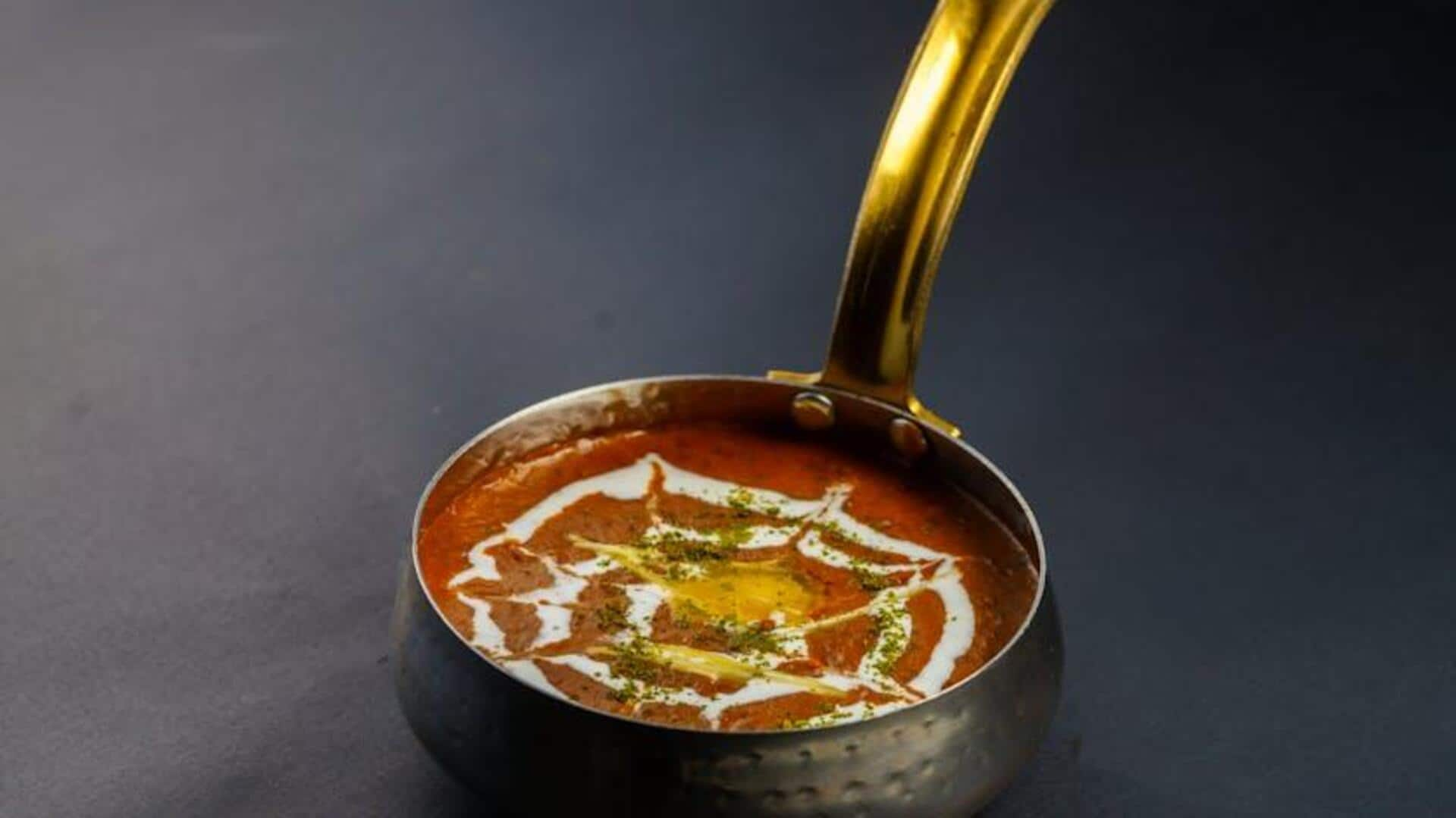
Tracing dal's journey: Origin, history, and popularity
What's the story
A staple in most households, dal has a history that dates back to the Indus Valley Civilization. This humble dish has evolved over the centuries, accommodating different cultures and tastes. Its journey from ancient kitchens to contemporary dinner tables is a testament to its versatility and timeless appeal. Knowing this evolution provides insights into culinary traditions and the cultural significance of dal across regions.
#1
Origins in the Indus Valley
The earliest evidence of dal consumption dates back to Indus Valley Civilization around 2,500 BCE. Archaeological findings indicate lentils formed a part of their diet, evidencing an early understanding of agriculture and nutrition. The cultivation of pulses such as lentils and chickpeas was essential to their sustenance, showcasing the significance of these crops in ancient times.
#2
Influence on regional cuisines
As civilizations expanded, so did dal's influence on regional cuisines. In India, every region made its own version depending on local ingredients and spices. From spicy dals of South India to the milder versions in North India, this dish adapted effortlessly into different culinary landscapes. This adaptability emphasizes its role as a unifying element in Indian cuisine.
#3
Nutritional significance over time
Dal has always been valued for its nutritional benefits. Being rich in protein and essential nutrients, it is an important dietary component for vegetarians across the world. With time, awareness about health benefits made it popular beyond traditional boundaries. Today, it is a globally-recognized healthy food due to its high protein and low-fat profile.
Tip 1
Modern-day adaptations
In modern times, dal continues to evolve with changing diets and lifestyles. Chefs try fusion recipes by adding international flavors without losing the traditional component. Instant mixes have simplified preparation for busy people without sacrificing taste or nutrition quality—showing how innovation keeps this age-old dish relevant even today.